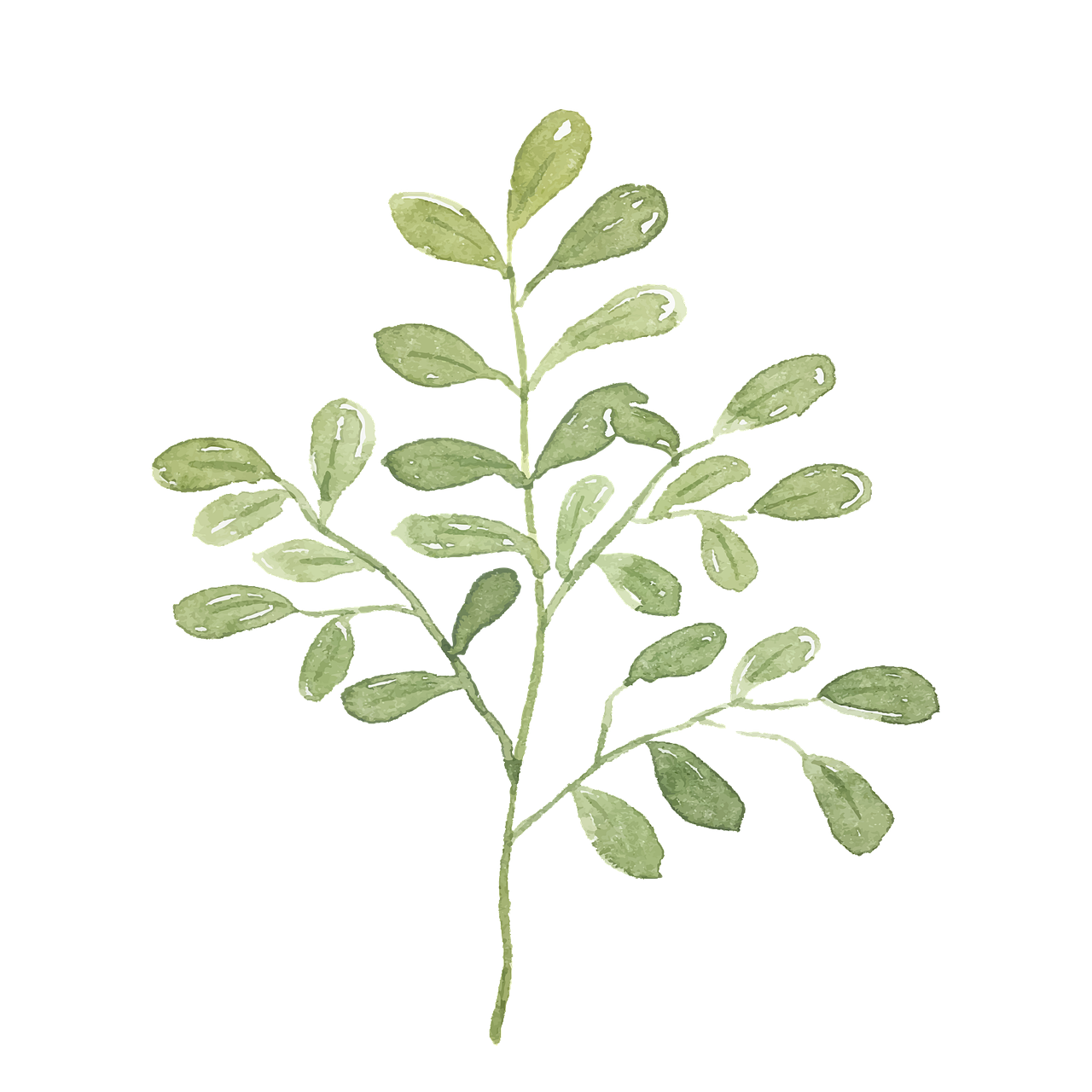“`html
Understanding Eucalyptus: A Comprehensive Guide
Eucalyptus, a genus comprising over 700 species, is native to Australia and is renowned for its aromatic leaves and towering presence. In this post, we will explore the origins, characteristics, and significance of eucalyptus, alongside practical tips on how to cultivate this remarkable plant. Additionally, we will discuss its various uses and benefits to enrich your understanding of this versatile species.
What is Eucalyptus?
Habitat and Distribution
Eucalyptus trees are primarily found in Australia, but they have successfully adapted to various climates worldwide, including the Americas, Europe, and Africa. These trees thrive in diverse environments, from rainforests and woodlands to arid landscapes. They are particularly well-suited to regions with well-drained soil and ample sunlight.
Characteristics of Eucalyptus
One of the most distinctive features of eucalyptus trees is their aromatic leaves, rich in essential oils. These oils are not only responsible for their signature scent but also have medicinal properties. The trees are fast-growing, with some species reaching heights of over 60 meters. Their bark, which can be smooth, fibrous, or stringy, often peels away naturally, adding to their unique visual appeal.
Symbolism and Meaning
In the language of flowers, eucalyptus symbolizes protection and abundance. Its resilience and adaptability make it a symbol of strength and survival. Eucalyptus leaves are often used in floral arrangements to convey these meanings, adding a touch of elegance and significance.

How to Grow Eucalyptus
Choosing the Right Species
When deciding to grow eucalyptus, it is crucial to select a species suitable for your climate and soil conditions. Popular species for cultivation include Eucalyptus globulus (Blue Gum), Eucalyptus citriodora (Lemon Scented Gum), and Eucalyptus gunnii (Cider Gum). Each species has distinct characteristics, including height and leaf fragrance.
Planting Eucalyptus
To plant eucalyptus, choose a location that receives full sunlight. The soil should be well-draining to prevent root rot. It is advisable to plant young saplings in spring or early summer to allow them ample time to establish before winter. Space the trees adequately to accommodate their rapid growth and expansive root systems.
Caring for Eucalyptus
Eucalyptus trees are relatively low-maintenance. Water them regularly, especially during dry spells, but avoid overwatering. Pruning is essential to maintain their shape and remove any dead or diseased branches. Mulching around the base of the tree can help retain moisture and suppress weeds.
Benefits and Uses of Eucalyptus
Medicinal Properties
Eucalyptus oil, extracted from the leaves, is known for its antiseptic and anti-inflammatory properties. It is commonly used in remedies for respiratory conditions, such as colds and congestion. Additionally, it serves as a natural insect repellent.

Environmental Impact
Eucalyptus trees are valued for their fast growth and ability to absorb carbon dioxide, making them an effective tool in combating climate change. However, they can also be invasive in non-native regions, potentially impacting local ecosystems.
Commercial Uses
Beyond their ornamental appeal, eucalyptus trees are cultivated for timber, pulpwood, and essential oil production. The wood is used in construction, while the oil finds applications in pharmaceuticals, cleaning products, and cosmetics.
Conclusion
Eucalyptus trees are a fascinating and multifaceted genus with a rich history and numerous benefits. Whether you are interested in cultivating them for their beauty, aromatic properties, or environmental benefits, understanding their needs and characteristics is crucial. By following the guidance provided in this post, you can successfully grow and enjoy these remarkable trees.
For more information on other aromatic plants, check out our Lavender Growing Guide.
To learn more about the environmental impact of eucalyptus, visit the World Wildlife Fund.
“`
